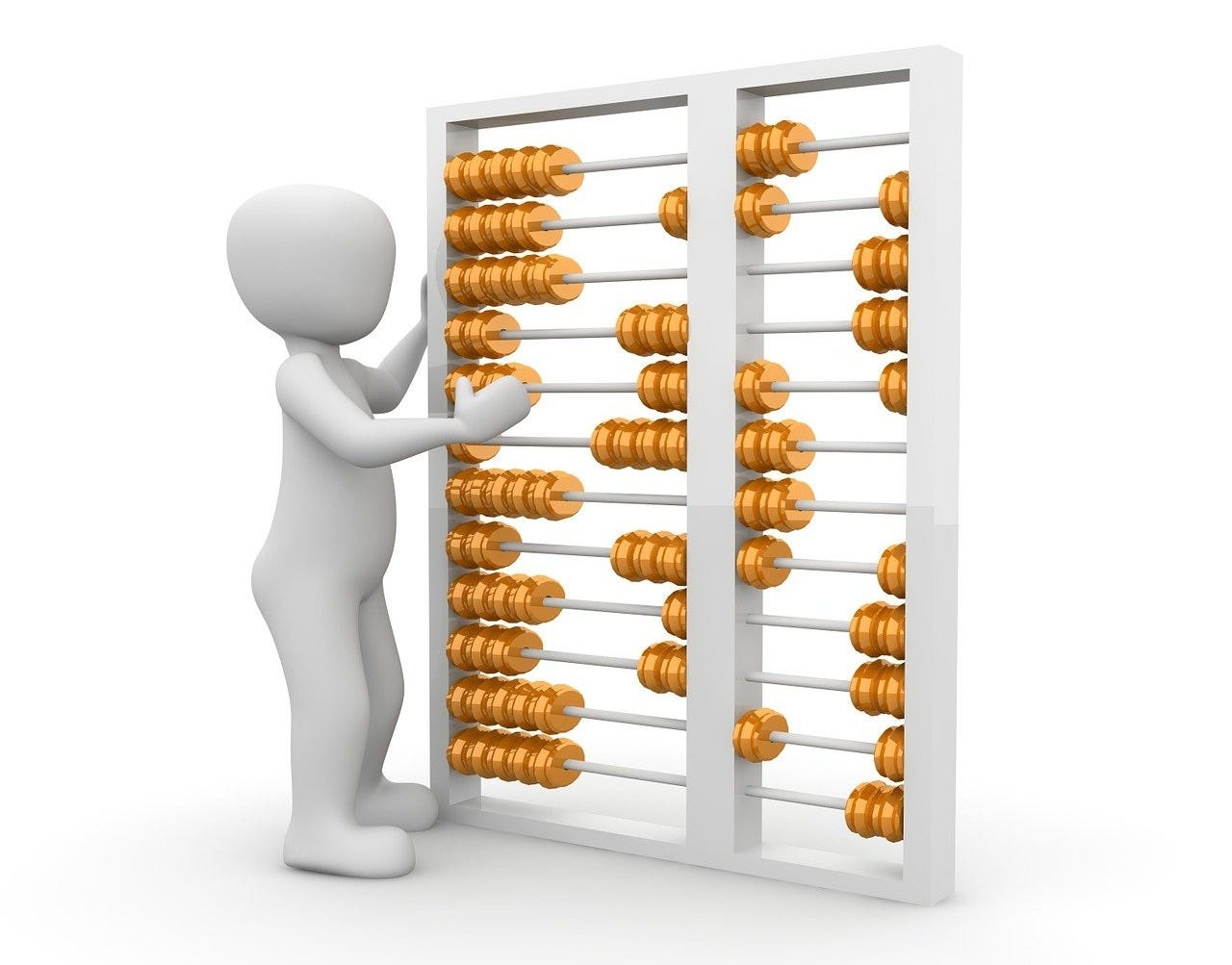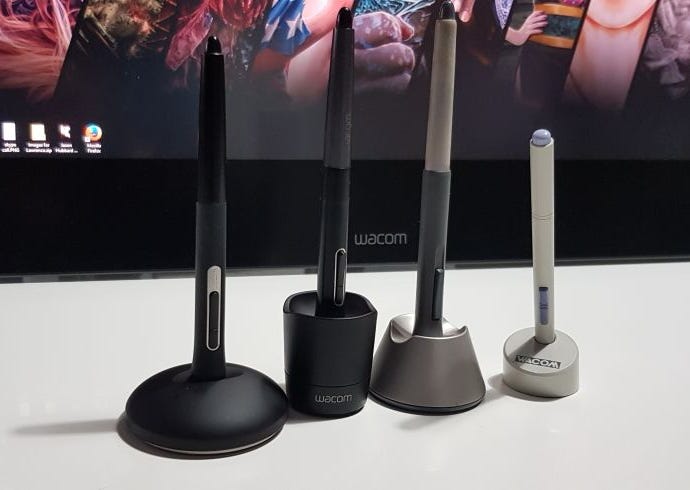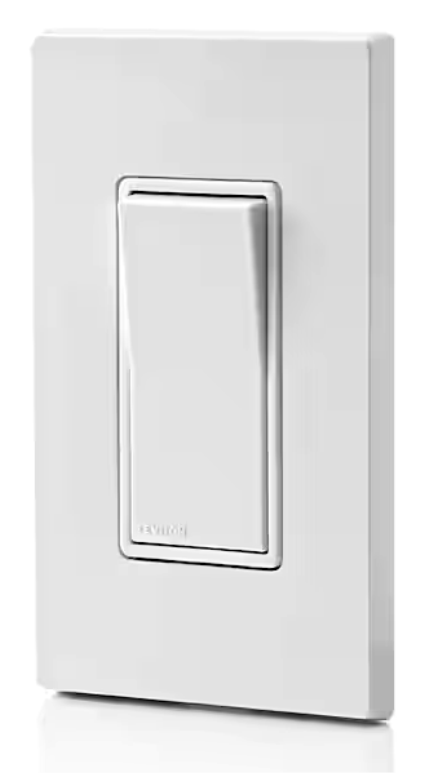Comic Envy promised to deliver an insider’s look at the business of coloring syndicated comics. “How to” advice saturates the web, and I doubt readers want lessons from me, so I’ll do my best to show you how I work through the weekly grind without claiming it is the way. Can I hold your interest? That is the challenge.
I previously showed a wireless mouse and digital pen in Ubiquitous PhotoShop. They are the workhorses in my coloring kitchen. There’s also a general purpose wireless keyboard, of course, but he was camera shy. Seen one, seen ‘em all.
5.45 billion people regularly use mice and keyboards as input devices, and I could color with just them in a pinch. I know some professionals who do so and are astonishingly productive, but to me, it’s like watching an abacus master. Admirable, but gimme the tech, please.
Image by Peggy und Marco Lachmann-Anke from Pixabay
Meet the computer stylus, also called a pen or pencil.
Digital pens, as a group, are relatively new kids on the block of input devices, even though the first laboratory version predates the proto-mouse.
iPad owners, encompassing more than just picture makers, might recognize the separately sold Apple pencil that burst onto the scene in 2015.
I take the road less traveled and favor Wacom’s interactive displays and, by extension, Wacom’s Pro Pen. Most people won’t recognize Wacom pens as everyday tools because they are niche performers for digital artists.
My professional relationship with Wacom products started in the mid-1990s. Here are some Wacom pens from different years, shown from new to old, from L to R.
Three Wacom pen features stand out to me. My favorite discriminating qualifier is that Wacom’s Pro Pen uses a battery-free proprietary design.
I have enough stuff that needs recharging in my life, but thankfully, my Wacom pen pal is not one of them. The Wacom Pro Pen is the nerd who doesn’t hang with the lithium-ion crowd. He’s fully confident in who his untethered self is. He needs no particular safe space near an outlet to validate his worth, like the “Gimme some amps” gang.
Fave feature number two? The Wacom Pro Pen is well-muscled and in great shape. Compare the silhouette of the Apple Pencil to that of its Wacom counterpart.
I have gripped the Wacom Pro Pen for eight-hour stretches and longer without discomfort. The meaty profile works well with my hand and looks like the result of evolution, not content to remain a simple thin cylinder, as it was in the 1990s. Its rubberized grip gives me just enough cushion as a rubber floor mat does for feet.
The Wacom Pro Pen has a button that literally rocks. My third prominent loveable feature is a rocker switch controlled by one’s index finger. I’ll bet you groaned and thought I was misusing “literally.”
You’ve seen and used wall-mounted rocker switches, right?
The Wacom Pro Pen has a slender version of a rocker switch, but it doesn’t lock into either setting like a retractable ballpoint pen clicker does. Its default position is neutral and level, like a balanced seesaw. Without changing my grip, I press one side or the other depending on the programmed function I assign. Programmability is a topic for another time.
Wacom pens also have a pressure-sensitive eraser on the other end. I rarely use it, and I’ll explain why in another post. I’m kicking a lot of content down the line because I think I’ve covered enough today, and I have a bunch of uncolored comics awaiting my attention. “I’ll be there in a minute, kids!”
Thank you for reading. Did you learn something, or do you have comments or questions? Fire away!










I often use a Neo smartpen. It isn’t exactly suitable for your workflow, but it records keystrokes and saves pages as PDFs or JPEGs. https://shop.neosmartpen.com
I have a first gen Apple Pencil and I love it. A guy on my old team bought it for me when I escaped the grind. I got procreate to go with it; alas I am still no artist